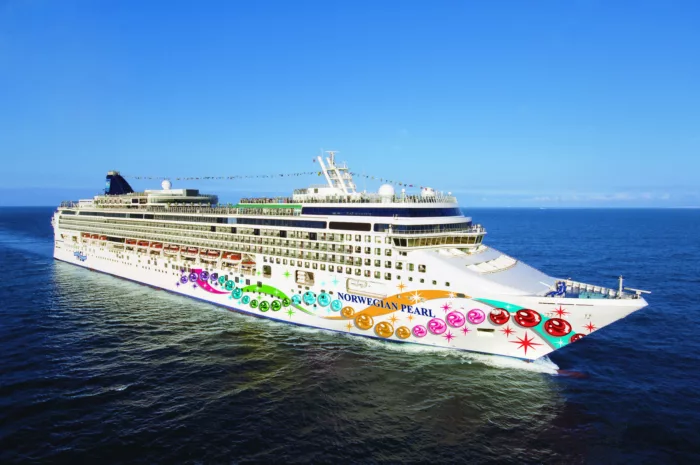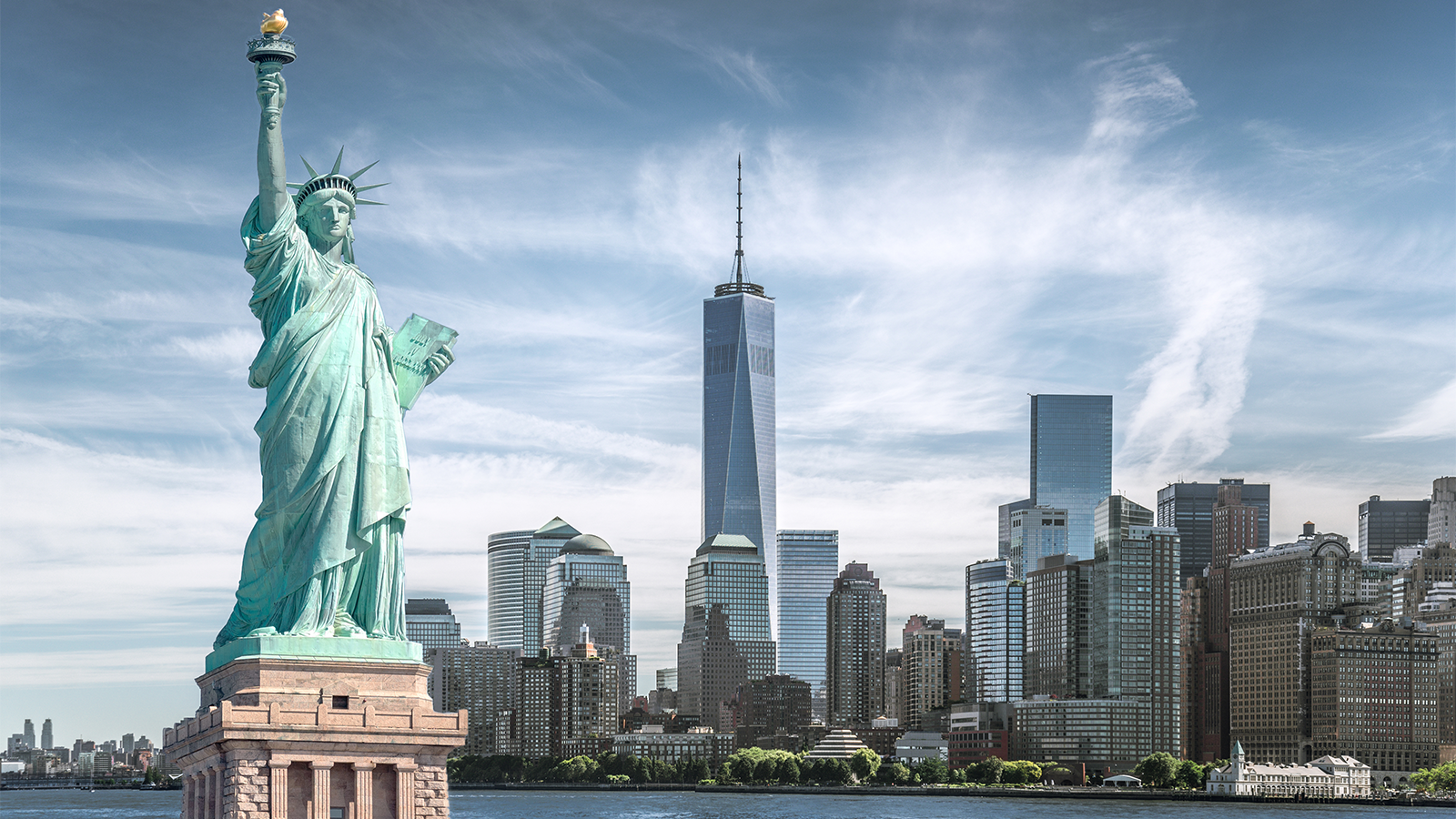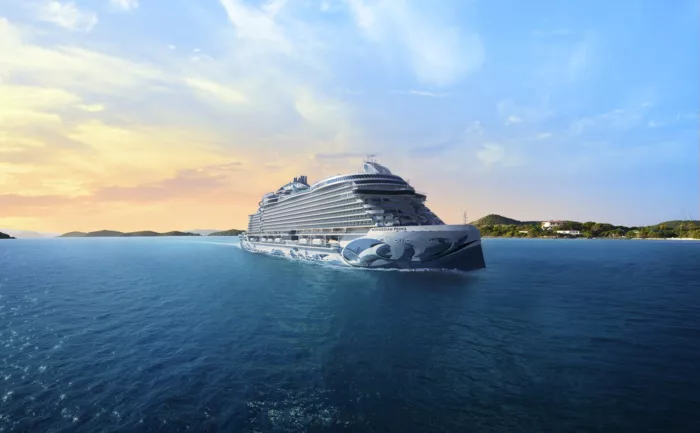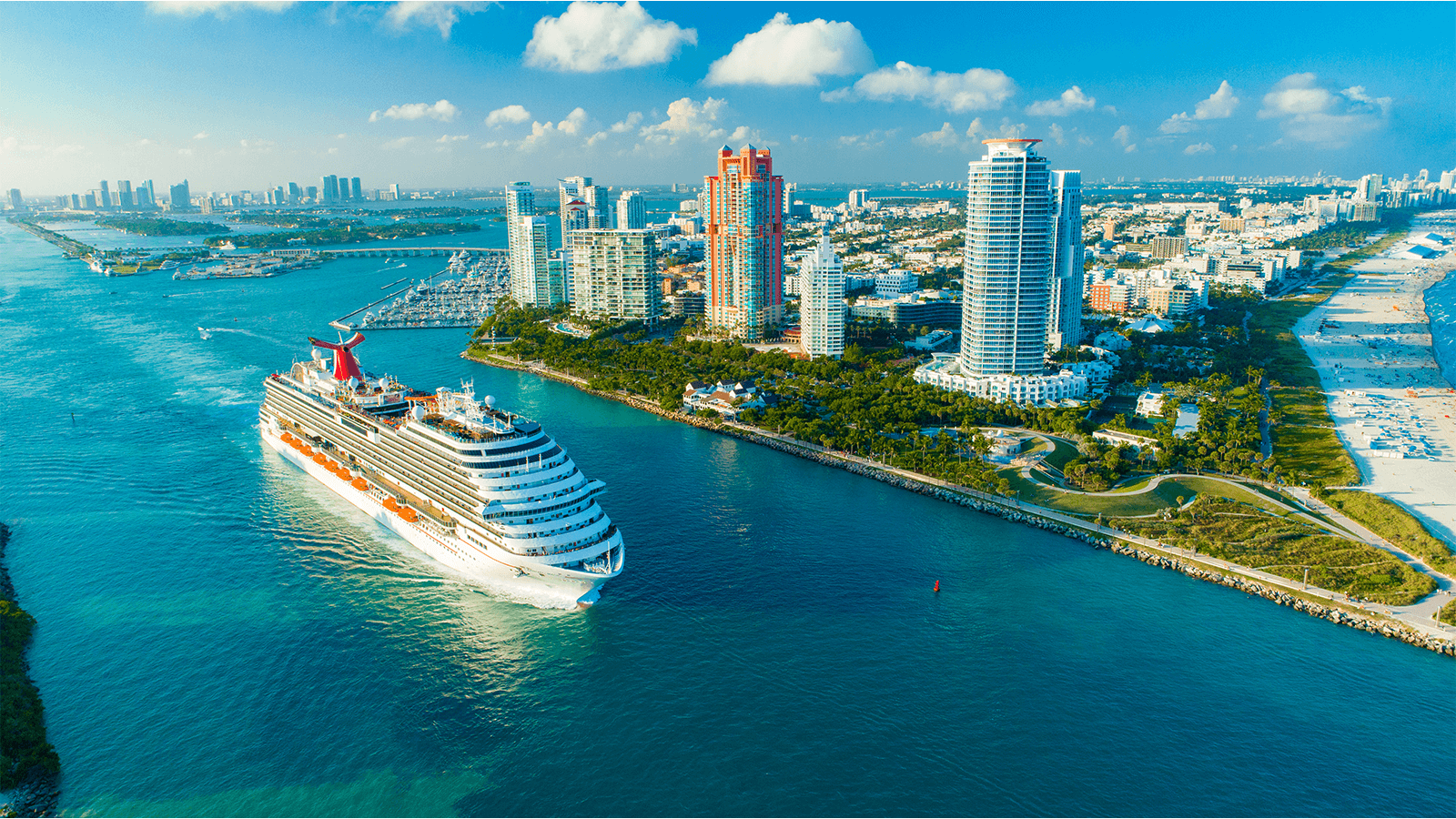
Norwegian Cruise Line
Founded in 1966, Miami-based Norwegian Cruise Line (NCL), part of global cruise company Norwegian Cruise Line Holdings (which also owns Oceania Cruises and Regent Seven Seas Cruises), is the third-largest cruise line in the world in terms of cruise passengers. NCL has become well-known for its colourful ships featuring a pop-icon style painted hull.
4070
Passengers
1724
Crew
2010
Launched
2020
Last refit
155873t
Tonnage
329m
Length
52m
Width
24kts
Speed
15
Decks
USD
Currency
Cruise Itinerary
Ship Details


Norwegian Cruise Line
Norwegian Epic
Norwegian Epic® is sure to dazzle with her contemporary design, world-class performances and endless onboard activities. Cruisers of all ages can enjoy everything from an Aqua Park to a towering Climbing Wall.
Cabins
All Prices





















